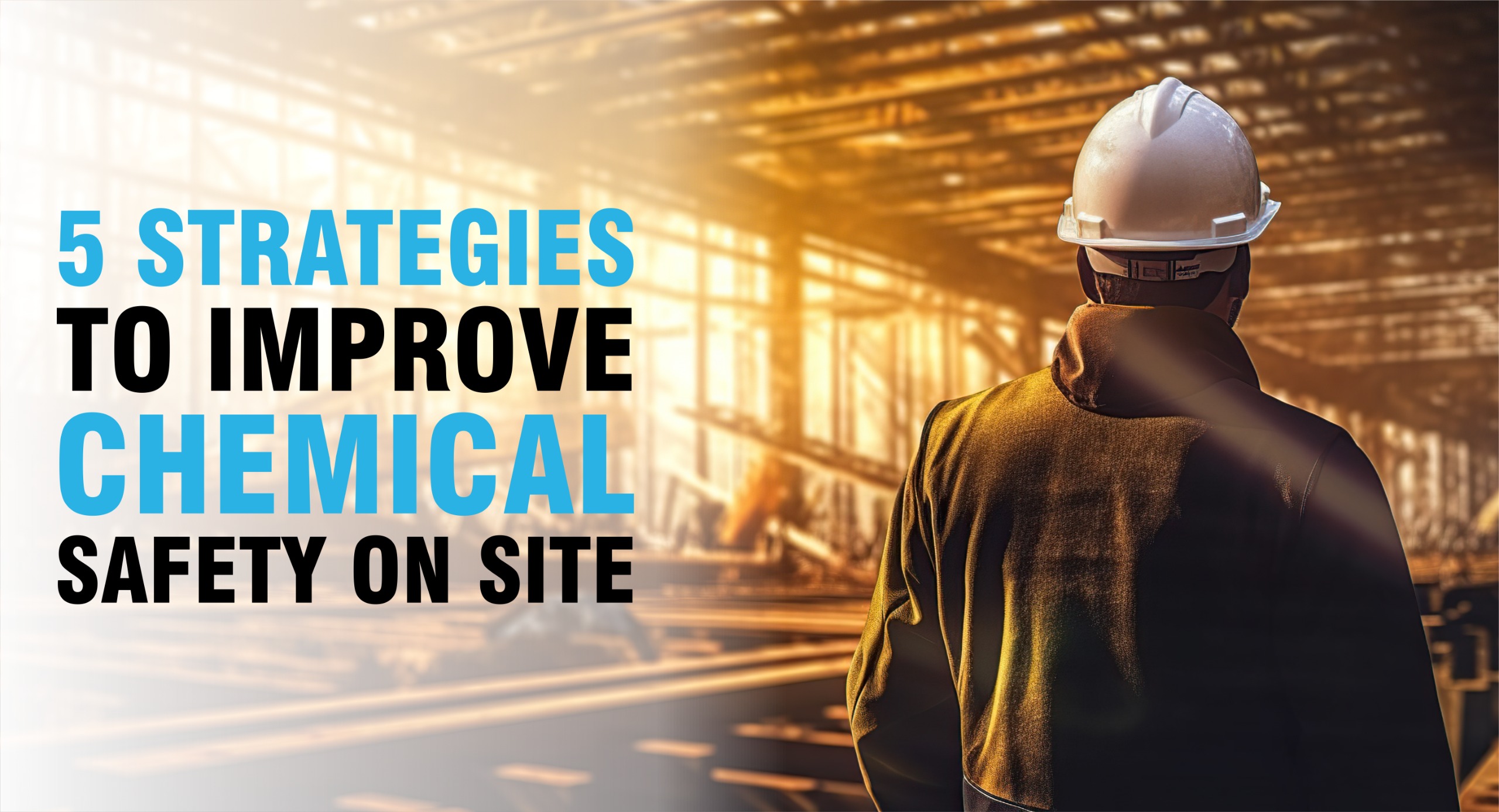Workplace safety isn’t just about hard hats and warning signs — it’s about understanding the potential dangers before they cause harm. That’s exactly what risk assessment does: it helps us see the hidden risks, plan for them, and protect everyone.
In this detailed guide, we’ll explore why risk assessment is the backbone of workplace safety, share real-life stories, and even walk you through how to conduct a simple risk assessment yourself.
What is Risk Assessment?
Before we jump into the importance, let’s clear up what risk assessment actually means. In simple terms, it’s a careful look at what could cause harm at work so you can decide whether enough precautions are in place, or if more needs to be done.
Imagine you’re walking through a workshop. You spot an exposed wire, a slippery floor, or a machine with a missing guard. Risk assessment is the process of noticing these hazards, figuring out how bad they could be, and taking steps to fix them.
Why Risk Assessment Matters
1. Protects Employees
The biggest reason for doing a risk assessment is to keep people safe. No one wants to get hurt on the job. By spotting risks early, you can stop accidents before they happen.
Anecdote:
Take Joe, a warehouse worker. One day, he nearly tripped over a loose pallet. After a proper risk assessment, management found several trip hazards and cleared walkways. Since then, not a single trip injury has been reported.
2. Reduces Financial Losses
Accidents cost money — from medical bills to compensation claims and lost workdays. A thorough risk assessment is a smart investment that helps businesses avoid expensive surprises.
3. Boosts Employee Morale
When workers see that their company cares enough to do regular risk assessments, they feel valued. It shows you take their safety seriously, which builds trust and loyalty.
4. Complies with Legal Requirements
In many countries, doing a risk assessment isn’t optional; it’s the law. Failing to comply can lead to heavy fines or even criminal charges if someone gets hurt.
Common Workplace Risks You Should Know
Here’s a quick look at hazards that good risk assessment can help you control:
- Slips, trips, and falls: Wet floors, loose wires, uneven surfaces.
- Manual handling: Lifting heavy items without proper technique.
- Chemical exposure: Dangerous substances without proper labeling or storage.
- Machinery hazards: Unguarded parts, poor maintenance.
- Fire risks: Faulty wiring, blocked exits.
A Step-by-Step Guide to Conducting a Risk Assessment
You don’t need to be a safety expert to start. Here’s a simple five-step method you can follow:
Step 1: Identify Hazards
Walk around your workplace. Talk to workers, check equipment, and think about unusual situations (like maintenance work). Write down anything that could cause harm.
Pro Tip:
Ask employees — they often know risks that managers overlook.
Step 2: Decide Who Might Be Harmed and How
Once you have your list of hazards, figure out who could be affected. Is it everyone? Only certain workers? What about visitors or contractors?
Step 3: Evaluate the Risks and Decide on Precautions
For each hazard, think about:
- How likely is it to happen?
- How serious would it be?
Then, put measures in place to control it. For example, fix that loose cable, train staff properly, or install safety guards.
Step 4: Record Your Findings
Write down what you found and what you did about it. This record shows that you’ve taken responsibility for safety — very useful if you ever need to prove it.
Step 5: Review and Update
Workplaces change. New equipment, new people, or new processes can bring fresh risks. Review your risk assessment regularly — at least once a year or whenever there’s a big change.
Real-Life Example: A Lesson Learned the Hard Way
Several years ago, a small bakery ignored risk assessment. They assumed nothing could go wrong — until a worker slipped on spilled oil and broke her arm. This single incident led to medical expenses, compensation, and weeks of lost productivity.
After that painful lesson, the bakery invested in proper risk assessment and simple control measures, like non-slip mats and staff training. Since then, there have been no serious accidents.
Tips to Make Risk Assessment Effective
Doing a risk assessment is one thing; doing it well is another. Here are a few practical tips:
i. Involve Everyone
Don’t make safety the boss’s job alone. Workers on the ground know the everyday risks better than anyone.
ii. Keep It Simple
Fancy words and thick binders won’t keep people safe. Use clear language and straightforward checklists.
iii. Prioritize High Risks
Tackle the biggest dangers first. Minor risks can wait — life-threatening ones can’t.
iv. Train Your Team
Make sure everyone knows what to look for and how to fix problems quickly.
How Technology Can Help
Today, digital tools can make risk assessment easier than ever. Mobile apps help you:
- Log hazards instantly
- Take photos for records
- Share updates with your team
This keeps your safety measures up to date and accessible to everyone.
Key Takeaways
Let’s wrap up with the main points:
- Risk assessment is a systematic way to spot dangers before they hurt someone.
- It protects people, saves money, boosts morale, and keeps you legal.
- Follow the five-step method: Identify, Decide, Evaluate, Record, Review.
- Involve everyone, keep it simple, focus on big risks, and use tech to stay ahead.
Final Thoughts
No workplace is risk-free. But with a solid risk assessment, you can control hazards before they control you. Safety is everyone’s responsibility, and it starts with being aware and prepared.
Remember, accidents don’t have to be a fact of life at work. They’re often preventable — and a proper risk assessment is your first line of defense.

